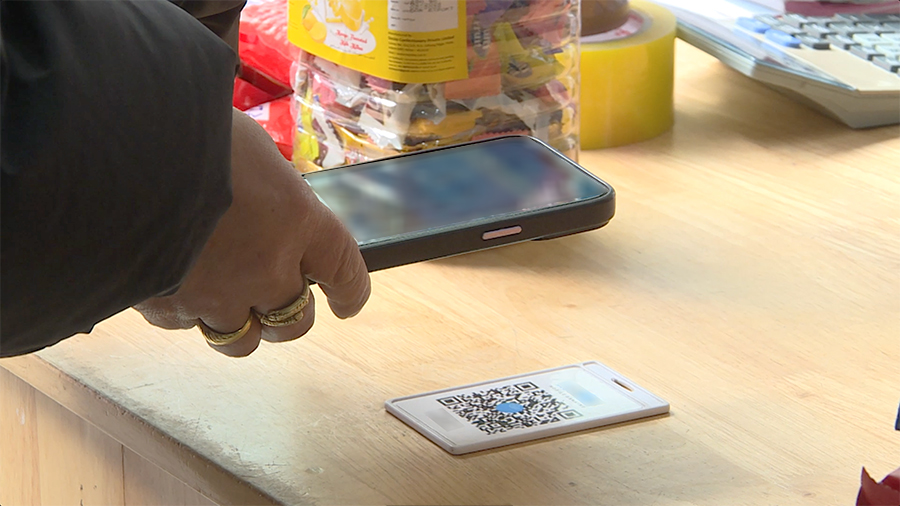 As the country embraces digital payments, the financial sector is evolving gradually. According to the Central Bank’s quarterly payment system report, the last quarter of last year saw a sharp rise in QR code transactions, while traditional banking methods continued to decline. According to the report, QR code transactions surged by almost 22 per cent, reaching nearly 33 million transactions valued at approximately Nu 33bn compared to the same period in 2023.
As the country embraces digital payments, the financial sector is evolving gradually. According to the Central Bank’s quarterly payment system report, the last quarter of last year saw a sharp rise in QR code transactions, while traditional banking methods continued to decline. According to the report, QR code transactions surged by almost 22 per cent, reaching nearly 33 million transactions valued at approximately Nu 33bn compared to the same period in 2023.
According to the report, the volume and value of QR code transactions consistently increased from 2021 to 2024.
In the fourth quarter of 2021, transactions stood at approximately 13 M, amounting to around Nu 13bn. By the same period in 2022, both volume and value increased to nearly 20 M transactions worth about Nu 18bn.
The upward trend continued in 2023, with the transaction volume reaching over 27 M, valued at approximately Nu 25bn. By the fourth quarter of 2024, transactions surged further to about 33 M, with the total value climbing to nearly Nu 33bn.
According to the Central Bank, this reflects the rising popularity of QR code payments, potentially driven by technological advancements and a growing preference for cashless transactions.
Thimphu recorded the highest number of QR merchant registrations at around 5100 followed by Sarpang with about 650 merchants. Gasa recorded the lowest with only two.
Meanwhile, card payments, which include cash withdrawals and transactions made at ATM terminals declined.
2021 recorded around 824 thousand ATM transactions, dropping to about 609 thousand in 2022. The transaction volume further decreased to about 355 thousand in the fourth quarter of 2024, down from approximately 559 thousand in 2023, which is about a 36 per cent decrease, indicating that fewer people are using cash for payments.
Additionally, mobile banking continues to dominate digital transactions, accounting for about 50 per cent of domestic payments followed by QR code payments.
Kinley Bidha
Edited by Phub Gyem








